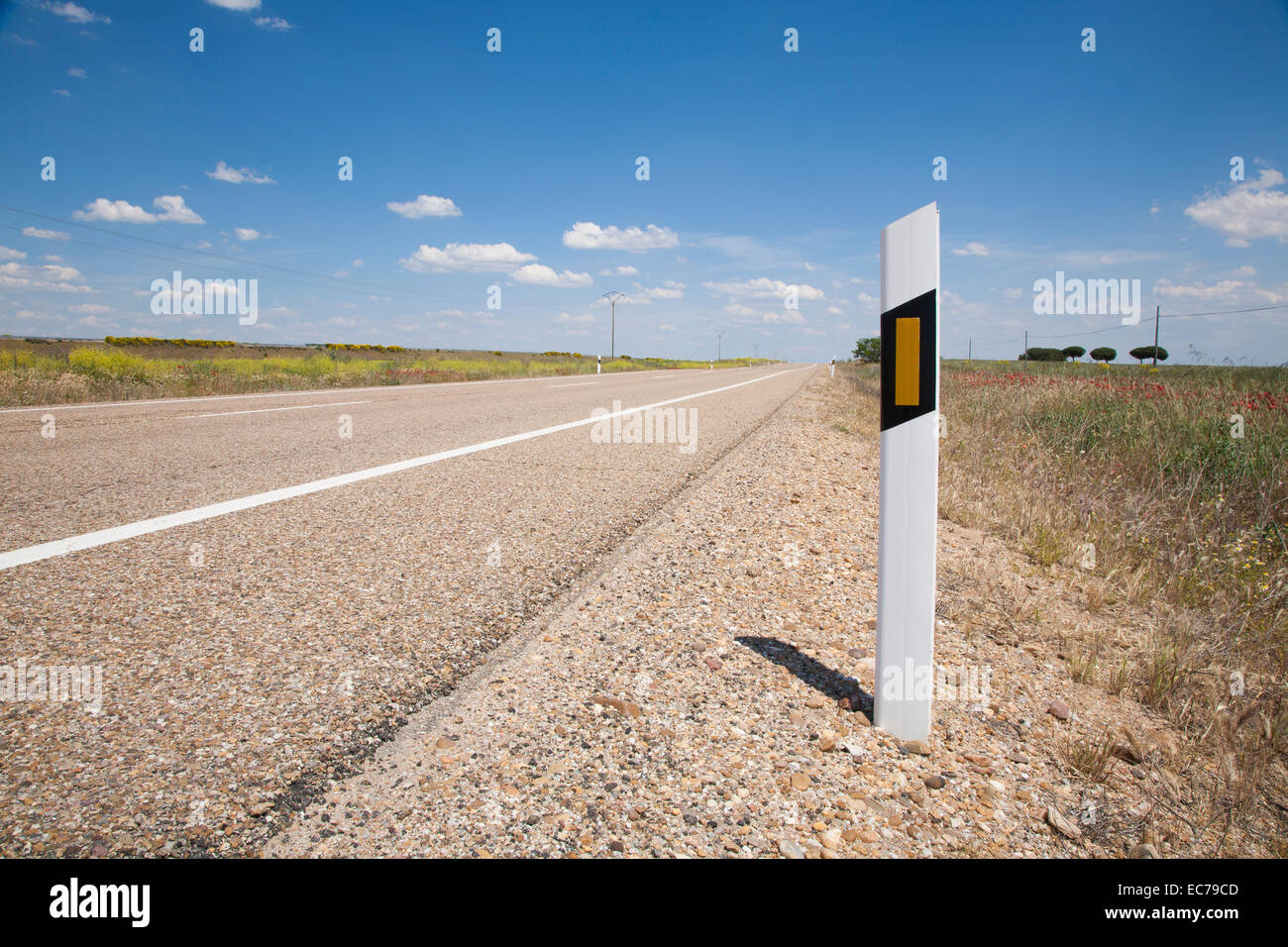
Ten captive-born deer were housed in a 3.5-acre pen. There were no significant differences in crossing rates when the route was fitted with red reflectors (256 crossings), white reflectors (200 crossings) or no reflectors (264 crossings). Journal of Wildlife Management, 49, 774-776.Ī controlled study in 1984 of captive deer in Michigan, USA (Zacks 1986) found that reflectors, angled to deflect car headlight illumination into adjacent habitat, did not affect crossing rates of white-tailed deer Odocoileus virginianus.

(1985) Effectiveness of Swareflex reflectors in reducing deer-vehicle accidents. The other combinations had no effect and none of the combinations affected red kangaroos. A replicated, controlled study in Australia found that one of four reflector model/colour combinations increased fleeing behaviour of bush wallabies when lights approached. The other study found that deer initially responded to wildlife reflectors with alarm and flight but then became habituated. Behaviour change (5 studies): Three of four studies (including three controlled studies), in the USA, Denmark and Germany, found that wildlife warning reflectors did not cause deer to behave in ways that made collisions with vehicles less likely (such as by avoiding crossing roads).A review of two studies in Australia found mixed responses of mammal road deaths to wildlife warning reflectors. A before-and-after study in Australia found that when warning reflectors were installed (along with speed restrictions, reflective wildlife signs, rumble strips, wildlife escape ramps and an educational pamphlet) vehicle collisions with Tasmanian devils, but not eastern quolls, decreased. Two studies found that vehicle-deer collisions were reduced by reflectors and one found that collisions were reduced in rural areas but increased in suburban areas. Survival (10 studies): Five of eight controlled or before-and-after studies in the USA and Germany found that wildlife warning reflectors did not reduce collisions between vehicles and deer.Abundance (1 study): A before-and-after study in Australia found that when warning reflectors were installed (along with speed restrictions, reflective wildlife signs, rumble strips, wildlife escape ramps and an educational pamphlet) a small population of eastern quoll re-established in the area.Nine studies were in the USA, three were in Austalia, two were in Germany and one was in Denmark. Fifteen studies evaluated the effects on mammals of installing wildlife warning reflectors along roads.


 0 kommentar(er)
0 kommentar(er)
